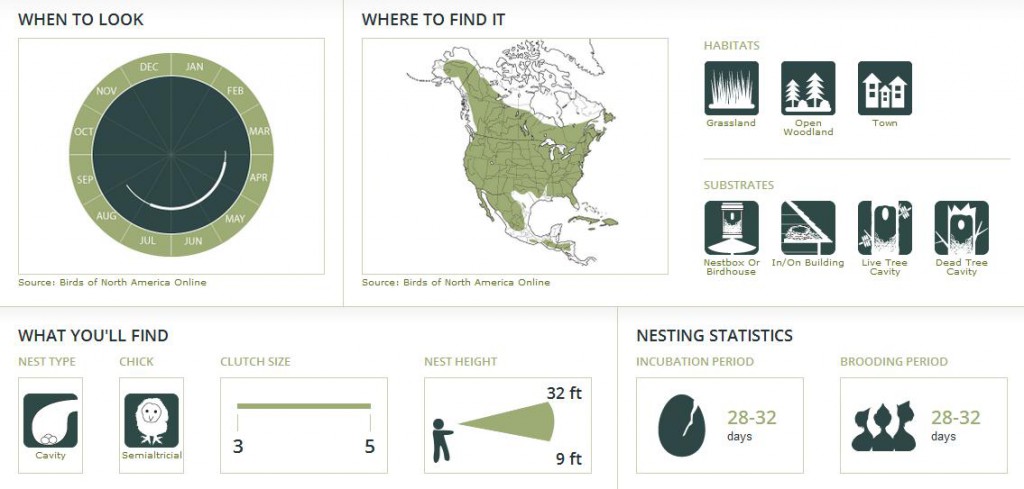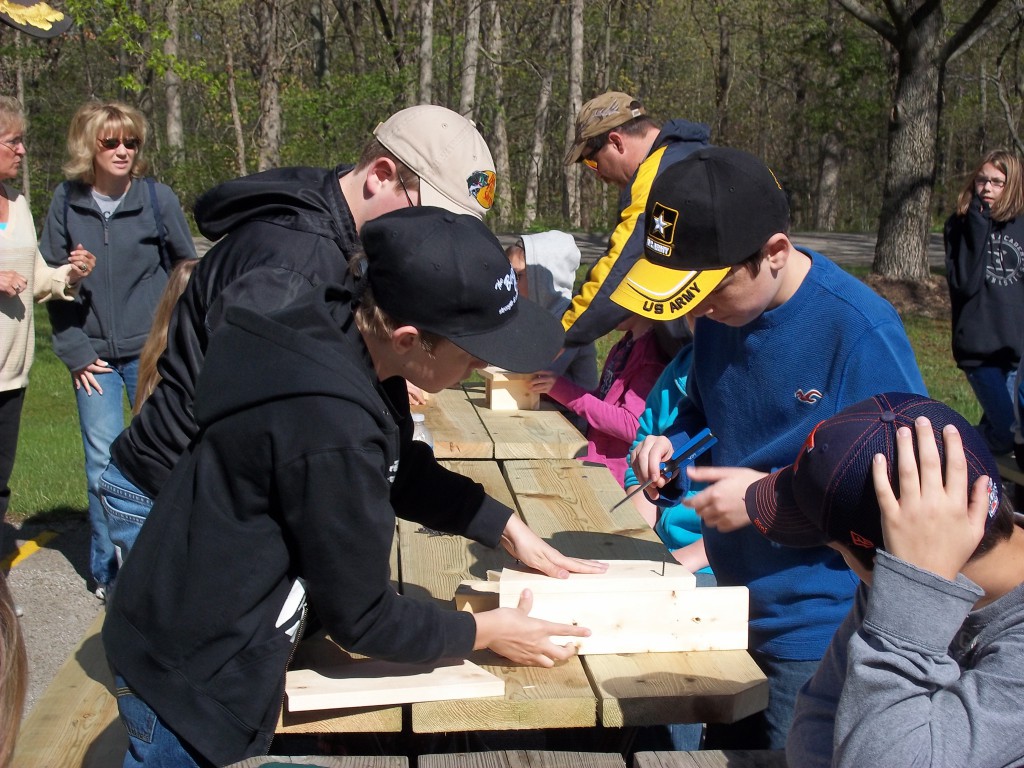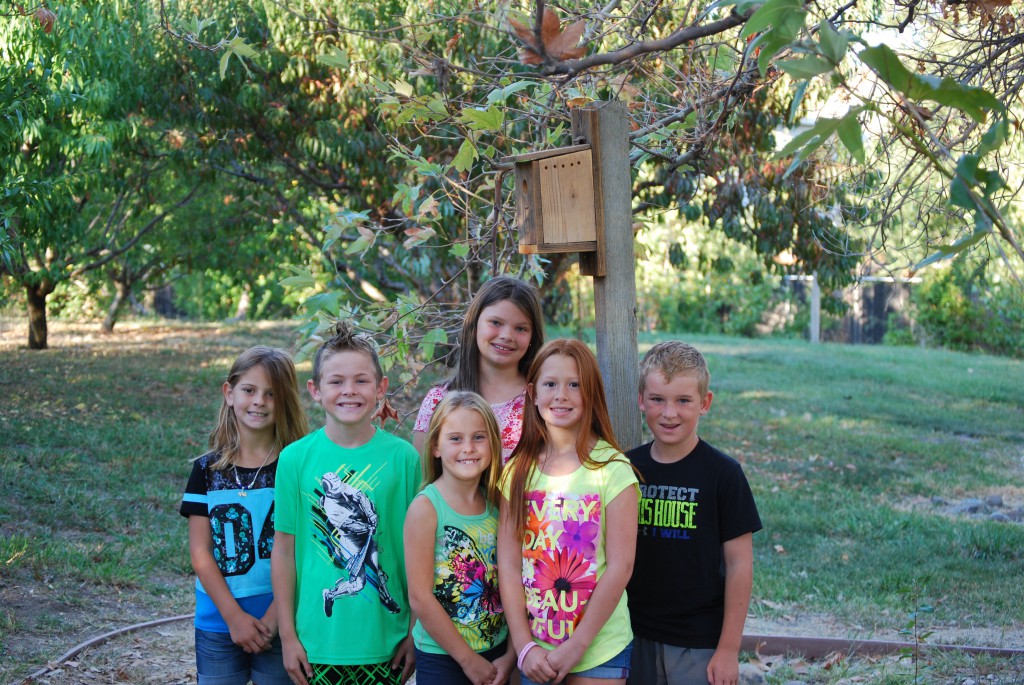First things first: what species do you want to attract?
The shapes and sizes of nest boxes vary based on the species that uses them. As a result, when building or purchasing your box, make sure you know what diameter your entry hole should be and how much space is inside, to make it perfect for your target species. After all, anything from a bluebird to an osprey can use a nest box and nest platform!
NestWatch has a great resource for determining the right house for the right bird. All you have to do is input your location and your primary habitat.


“Features of a Good Birdhouse” is a great resource from NestWatch to make sure your box is species appropriate. These students at Manatee Bay Elementary have been building nest boxes for American Kestrels. These species-specific boxes will be placed in state parks in Florida to help American Kestrel populations.
There are certain places that birds will not build their nests. Make sure it’s easy for them to find your nest box by researching the habitat requirements of your target species and selecting your location appropriately. Your target species is more likely to find and utilize a box if it is placed close to places they frequent or resources they use.

In order to help the desert birds at Sunrise Elementary in Bullhead City, Arizona feel more at ease using the birdhouses, the students hung nest boxes in their yard with food and water sources. Additionally, you can support ongoing projects like Pam Evans’ students They built and installed nest boxes on an existing bluebird trail in collaboration with the East Central Illinois Bluebird Society. The Islip High School in New York City’s Keep Islip Clean (KIC) club has renovated its courtyard to provide a good home for a variety of nesting birds. Numerous birds, including mallards, sparrows, wrens, and chickadees, visit and make their nests in their courtyard.
Top tips for putting up your nest box
- Nest boxes of the same kind shouldn’t be placed too close to one another as this could encourage hostile behavior between neighbors.
- Protect your box from the elements by tilting the front of it vertically or slightly downward to keep rain from getting inside. Ensure that it is protected from the main breeze, precipitation, and direct sunlight.
- A clear flight path is crucial, so small-hole boxes work best when positioned one to three meters above the ground on tree trunks. Avoid placing them where foliage blocks the entrance hole. The best alternative if your garden is devoid of trees is to set your box against the side of a wall or shed. Making sure the box is difficult for predators to access is a must.
- The best way to conceal open-fronted nest boxes from sight is to fasten them to a wall or fence that has creepers and shrubs growing up against it.
- Make sure the box is inaccessible to cats and squirrels, and that no one can easily get to it.
- One preventive measure that can be used to keep squirrels from entering is to place a metal plate around the hole to discourage them. These plates are sold commercially and can be had for a very low price from any reputable garden center or bird care provider.
- Keep nest boxes away from bird feeders because visiting birds’ high activity levels may disturb nesting pairs.
- Use non-rusting screws or nails made of stainless steel or galvanized steel. Galvanized wire can be used to secure boxes to trees by tying them to the trunk or hanging them from a branch. To make sure the box stays firmly attached, make sure to routinely check these fittings.
- Small bird nest boxes are typically installed in the spring; pairs start prospecting in the second half of February, so a box installed towards the end of the winter has a good chance of drawing in nesting birds. Nonetheless, installing a nest box is never too early or late because some birds will use it as a roost during the winter.
- Houses for House Sparrows: House Sparrows may use a nest box that is mounted on a wall and has a 32mm entrance hole. For Starlings try a box with a 45mm entrance hole.
Why isn’t my nest box being used?
Your box may not be being used for a variety of reasons, including the proximity of natural nest cavities and the position of territory boundaries. Thus, although certain boxes might be filled right away, others might stay empty—often for no apparent reason.
It could be worthwhile to move a box to a better location if it hasn’t been used for a number of years.
FAQ
Which direction should bird boxes face?
When should I put up bird boxes?
When should you put up a birdhouse?